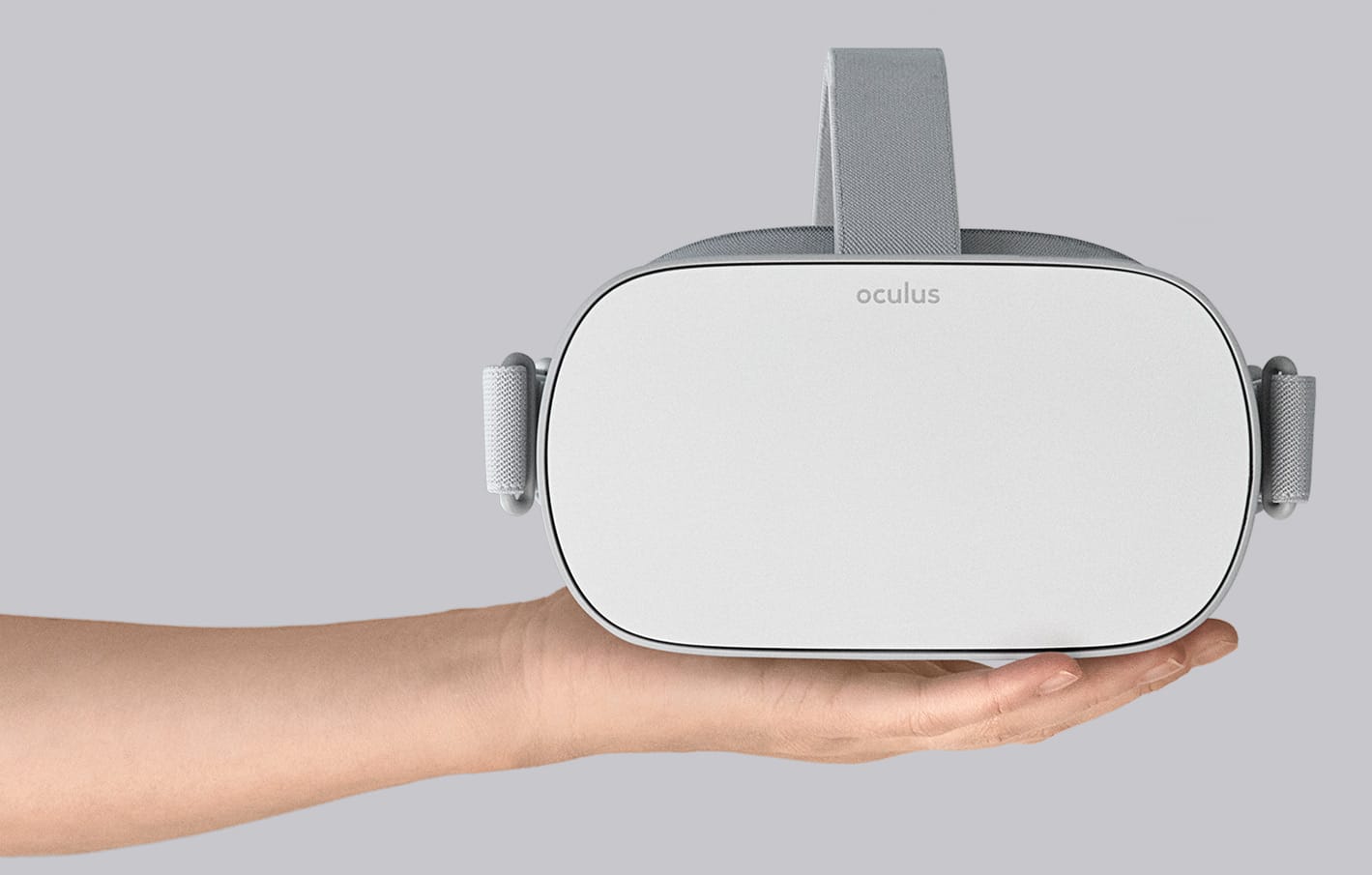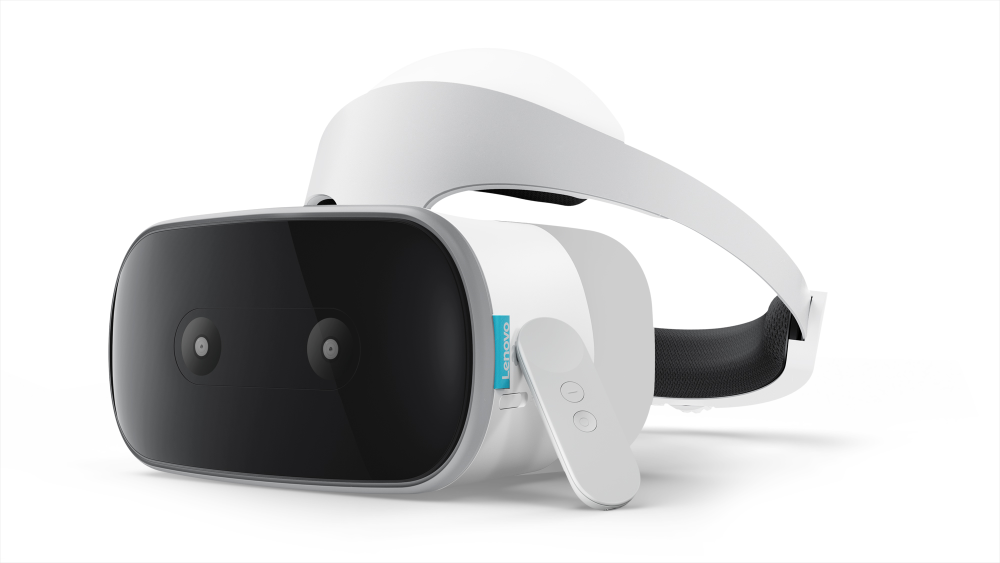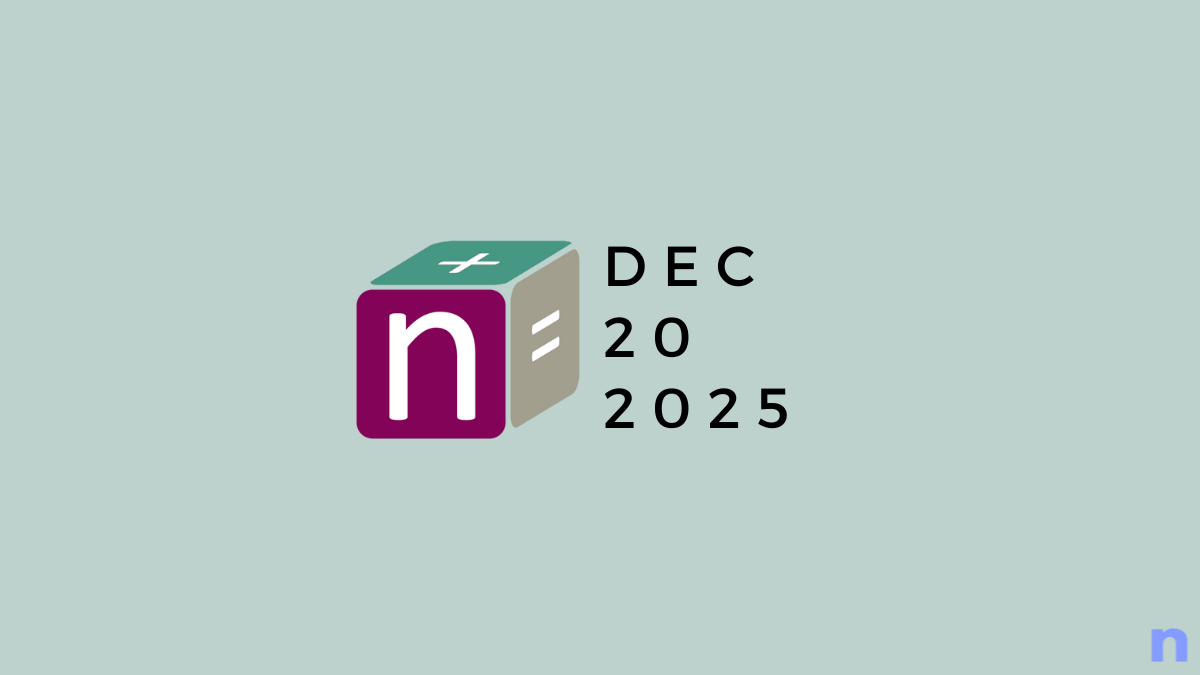At the company’s fourth developer conference held in San Jose back in October 2017, Oculus confirmed that it will start selling a standalone VR headset dubbed Oculus Go. With this move, it was clear that Facebook, which owns Oculus, was ramping up its VR efforts in a bid to compete with the standalone Google Daydream VR that had been announced at the I/O 2017 in May.
Despite their announcements, both the Oculus Go and Google Daydream VR headsets weren’t immediately available for purchase. But at the ongoing CES 2018, Facebook has finally launched the standalone VR headset in conjunction with China’s Xiaomi. Not to be left behind, Google and Lenovo have also confirmed their own standalone VR headset christened Lenovo Mirage Solo. Besides the Mirage Solo, Lenovo also came in with a VR180 camera meant for capturing VR photos and videos for the Mirage Solo and other Daydream headsets.
Introduction
Google announced the standalone Daydream VR at its annual I/O event in May 2017. At the time, it confirmed that HTC and Lenovo will be its partners in making standalone VR headsets. Since then, the former has pulled out of the deal, leaving the future of this product in Lenovo’s hands. At the ongoing CES 2018 show, Google and Lenovo have announced the first Daydream VR standalone headset dubbed Lenovo Mirage Solo. This launch comes a day after Facebook did its part, where it announced the Oculus Go in conjunction with Chinese tech giant Xiaomi.
Like Google, Facebook had already confirmed that the Oculus Go standalone VR headset is on the way. However, it had not given out any details regarding when the headset will be available and who will be in charge of the hardware. Well, thanks to the CES 2018, we can now have a head-to-head comparison between these two standalone VR headsets in a bid to establish which one is the better option.
Related: Why should you buy oculus Go
Side-by-side specs comparison (table)
Even though the Oculus Go received some stage time during Qualcomm’s presentation at the CES 2018, we don’t have much of the details when compared to the Lenovo Mirage Solo. In fact, some of the info we have is based on previous leaks and while we have no reason to believe that they are incorrect, we cannot rule out anything. To get a better idea of how these two standalone VR headsets fare against each other, here’s a tabular side-by-side comparison of the specs and features.
| Specs | Oculus Go | Lenovo Mirage Solo |
| Measurements | NA | 203.96 x 269.49 x 179.83 mm |
| Weight | NA | 645 grams |
| Display size | NA | 5.5 inches |
| Display resolution | QHD | QHD |
| Display type | LCD | LCD |
| Processor | Qualcomm Snapdragon 821 | Qualcomm Snapdragon 835 |
| RAM | NA | 4GB |
| Storage | 32GB/64GB (as per the FCC) | 64GB, microSD card |
| Software | Android OS | Android OS |
| Battery | NA | 4000mAh |
| Controller | 3DoF | 3DoF |
| Sensors | 3DoF Gyrospace, Accelerometer, Magnetometer | 6DoF Google WorldSense, Accelerometer, Gyroscope, Magnetometer, P-Sensor |
| Connectivity | Wi-Fi, Bluetooth (Unknown version) | Wi-Fi, Bluetooth 5.0 |
| Audio | 3.5mm jack, internal speakers | 3.5mm jack |
| Price | $200 | Under $400 (TBC) |
Oculus Go standalone VR headset
The design of the Oculus Go is the first pointer that this standalone VR headset is a product of the Facebook-owned company. The device has breathable fabrics and adjustable straps meant to accommodate those with spectacles, which is a nice gesture. You’ll even be happier to learn that the back straps have a design meant to firmly hold your head regardless of the angle.

Unlike the Oculus Rift, the Oculus Go comes with a pair of integrated spatial audio speakers meant to give the best sound possible. For those who want to enjoy some private listening, the Oculus Go also comes with a 3.5mm audio jack for connecting headphones.
As you may have guessed, the Oculus Go is based on Google’s Android OS but don’t expect the two headsets to work in similarly. There’s more to their functionality than the mere fact that Google and Facebook-owned Oculus have their separate VR digital stores. Like other Oculus products, the Oculus Go has its own platform and games, however, the company will also open the door for those developing Samsung Gear VR apps to join the party. With this in mind, there’s no doubt that most, if not all, of the current Gear VR apps will find their way to the Oculus Go. Of course, the Go will also have its own specific apps.
Lenovo Mirage Solo standalone VR headset
As for the Lenovo Mirage Solo, the design does stray away from what we know about the Google Daydream VR headsets and moves closer to the Windows Mixed Reality headset. Unlike the Oculus Go, you get plastic material on the single strap, but still, it can be adjusted from the back in order to hug your head in the best way possible.
Although not comfy, this type of design ensures that there’s less pressure being exerted on your face as a result of the tight grip of the strap thanks to the better weight distribution. The Lenovo Mirage Solo also comes with two cameras on the front meant to leverage Google’s WorldSense technology to allow users to move around a room. This technology effectively replaces the need for external sensors meant for positional tracking and in the process eliminates the usual VR experiences on phone-based VR headsets, where basically everything is enjoyed from a seated position.

In terms of software, we all know Google Daydream is built right into the core of Android OS. With the Daydream Standalone platform, contrary to the standard Daydream, there’s the addition of WorldSense that promises VR experiences similar to those enjoyed on PCs. That is, gamers can jump and duck virtual objects just like it already happens in PC-based VR gaming.
At the moment, there are more than 250 apps and games compatible with Daydream. Apparently, all of these will find their way to the Lenovo Mirage Solo, however, in future, developers will be able to come up with apps and games by considering the physical space.
Oculus Go vs Lenovo Mirage Solo: Which one should you buy?
Now that the comparison matters are behind us, it’s about time to make the final decision: which one between the Oculus Go and Lenovo Mirage Solo should you buy?
To be honest, these two are great standalone VR headsets, which makes the decision to choose between them quite hard. For starters, you should know that the pair has two different target markets in mind. Where the Oculus Go is looking for those people who simply want to play a few VR games and watch some VR videos from a chair without the need of a smartphone, the Lenovo Mirage Solo has more to offer, especially when compared to any of the available Daydream headsets.
With WorldSense, you will be able to walk around a virtual space and become part of it, something the Oculus Go doesn’t offer. This, basically, makes the Lenovo Mirage Solo a more interactive headset, which is perhaps the reason it’s expected to cost more at “under $400” as compared to the Oculus Go’s price tag of just $200.
So, if you want a simple first experience with the VR tech, you would be very well served with the Oculus Go, so go with it. But if you want to explore the VR as much as you can, buy a costlier one in Lenovo Mirage Solo.













Discussion